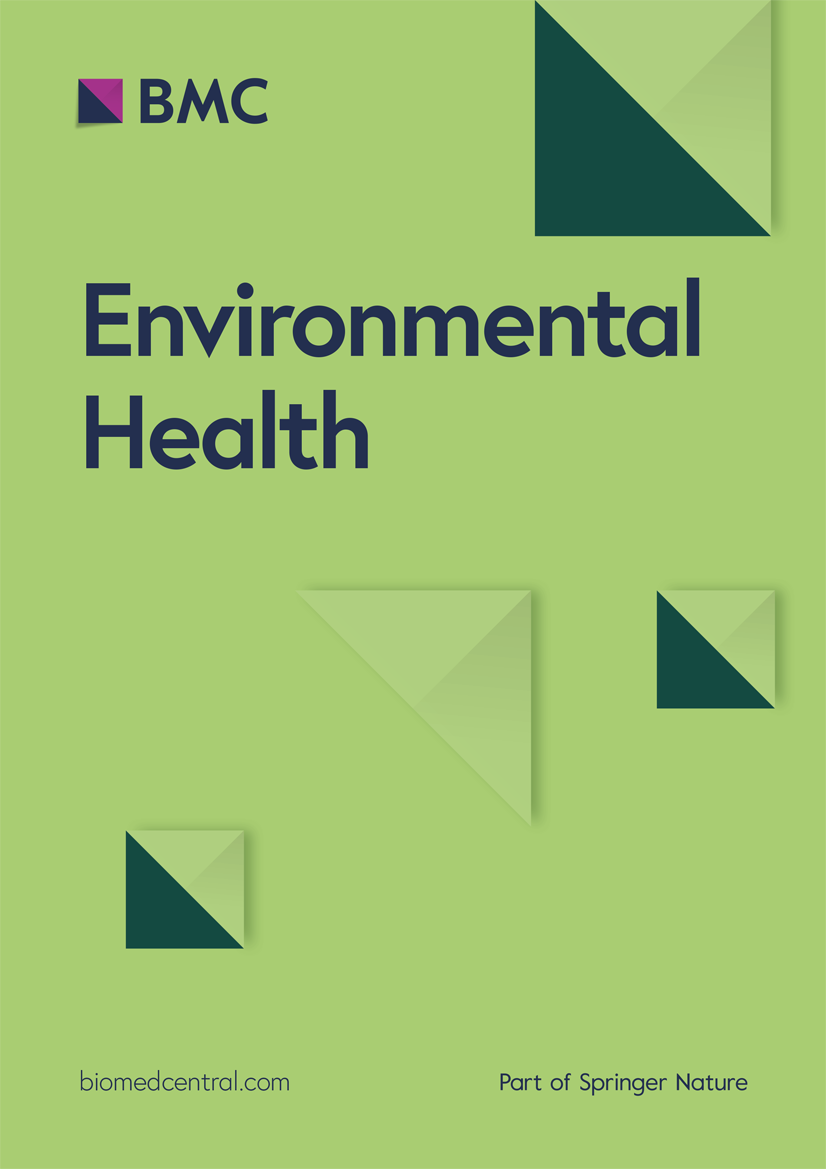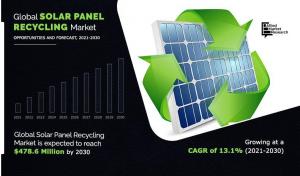Report on Ontario County’s Draft Solid Waste Management Plan and Alignment with Sustainable Development Goals
Introduction: Advancing SDG 11 – Sustainable Cities and Communities
The Ontario County Department of Sustainability and Solid Waste Management has developed a new draft Solid Waste Management Plan. This initiative is a critical step toward achieving Sustainable Development Goal 11 (Sustainable Cities and Communities), specifically targeting the reduction of the adverse per capita environmental impact of cities through improved municipal waste management (Target 11.6). The plan outlines a long-term strategic framework for the county’s sustainability efforts.
Core Objectives and Linkage to SDG 12 – Responsible Consumption and Production
The draft plan is fundamentally aligned with the principles of SDG 12 (Responsible Consumption and Production) by establishing goals to transform local waste management practices. Key objectives include:
- Substantially reducing waste generation through prevention, reduction, recycling, and reuse, directly contributing to SDG Target 12.5.
- Promoting sustainable consumption patterns among residents and businesses.
- Developing a framework that supports a more circular economy within the county.
- Enhancing local environmental policy to ensure long-term sustainability.
Fostering Partnerships for the Goals (SDG 17) through Public Participation
In adherence to SDG 17 (Partnerships for the Goals), which emphasizes inclusive multi-stakeholder partnerships, Ontario County is actively encouraging public involvement in the finalization of the plan. Officials have stressed that community feedback is essential for shaping effective and equitable local environmental policy, ensuring that the voices of residents are integral to the county’s sustainability strategy.
Procedural Framework for Public Review
The process for public engagement and review has been structured as follows:
- Public Presentation: The draft plan will be presented at the Ontario County Board of Supervisors meeting. This will take place on October 23 at 6:30 p.m., at 74 Ontario Street in Canandaigua.
- Public Comment Period: A 45-day public review and comment period is scheduled from October 24 through December 7.
- Access to Draft Plan: Residents can view the draft plan and provide feedback by visiting the official county portal at bit.ly/OCLSWMP or by scanning the QR code available on official materials.
Analysis of SDGs, Targets, and Indicators
1. Which SDGs are addressed or connected to the issues highlighted in the article?
-
SDG 11: Sustainable Cities and Communities
The article discusses Ontario County’s plan for solid waste management. This is a core component of urban infrastructure and environmental sustainability, directly contributing to making communities more sustainable, inclusive, safe, and resilient.
-
SDG 12: Responsible Consumption and Production
The development of a “solid waste management plan” with the goal of “promoting sustainability” directly aligns with SDG 12, which aims to ensure sustainable consumption and production patterns, including the environmentally sound management of waste.
-
SDG 17: Partnerships for the Goals
The article emphasizes the importance of public participation in shaping local environmental policy. The public meeting, the 45-day comment period, and the encouragement for residents to “get involved and share their thoughts” are examples of fostering partnerships between a government institution (Ontario County) and civil society (the public) to achieve sustainability goals.
2. What specific targets under those SDGs can be identified based on the article’s content?
-
Target 11.6: By 2030, reduce the adverse per capita environmental impact of cities, including by paying special attention to air quality and municipal and other waste management.
The article’s entire focus is on the creation of a “new solid waste management plan” for Ontario County, which is a direct action to improve municipal waste management and thus reduce the environmental impact of the community.
-
Target 12.5: By 2030, substantially reduce waste generation through prevention, reduction, recycling and reuse.
The article states that the plan outlines “long-term goals for managing solid waste and promoting sustainability.” Such goals inherently involve strategies for waste reduction, which is the core of this target.
-
Target 17.17: Encourage and promote effective public, public-private and civil society partnerships, building on the experience and resourcing strategies of partnerships.
The county’s process, which includes a public meeting and a 45-day public review and comment period, actively encourages a partnership with residents. The statement that “your voice matters” reinforces this commitment to a collaborative approach in policy-making.
3. Are there any indicators mentioned or implied in the article that can be used to measure progress towards the identified targets?
-
Indicator for Target 11.6 (Implied): The existence and implementation of a local solid waste management plan.
The article announces the draft of the “new solid waste management plan.” The development and eventual adoption of this plan serve as a primary indicator that the county is actively working on managing its municipal waste, which relates to Indicator 11.6.1 (Proportion of municipal solid waste collected and managed in controlled facilities).
-
Indicator for Target 12.5 (Implied): The establishment of policies and plans aimed at sustainability and waste management.
The plan itself, which outlines “long-term goals for managing solid waste and promoting sustainability,” is an indicator of progress. While the article doesn’t provide specific data on waste reduction (related to Indicator 12.5.1: National recycling rate), the creation of the policy framework is a crucial first step that can be measured.
-
Indicator for Target 17.17 (Mentioned): The number and nature of public engagement initiatives.
The article explicitly mentions several indicators of a public-civil society partnership: a scheduled public meeting, a defined 45-day public review and comment period, and an official communication channel (website link and QR code) for feedback. These actions serve as direct, measurable evidence of the county’s efforts to engage the public in its sustainability planning.
4. Summary Table of SDGs, Targets, and Indicators
| SDGs | Targets | Indicators |
|---|---|---|
| SDG 11: Sustainable Cities and Communities | 11.6: Reduce the adverse per capita environmental impact of cities, including by paying special attention to municipal and other waste management. | The development and presentation of a draft “solid waste management plan” by the Ontario County Department of Sustainability and Solid Waste Management. |
| SDG 12: Responsible Consumption and Production | 12.5: Substantially reduce waste generation through prevention, reduction, recycling and reuse. | The plan’s stated purpose of outlining “long-term goals for managing solid waste and promoting sustainability.” |
| SDG 17: Partnerships for the Goals | 17.17: Encourage and promote effective public, public-private and civil society partnerships. | The holding of a public meeting, the establishment of a 45-day public review and comment period, and the explicit encouragement for public involvement (“your voice matters”). |
Source: fingerlakes1.com







